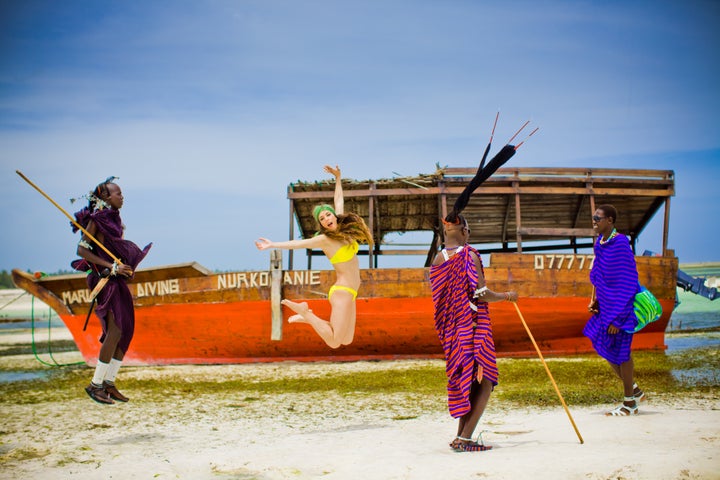
As a veteran professional travel photographer and writer for the past 17 years, I get asked frequently about what tips I can give to help amateur photographers or smartphone-graphers to take better travel photos while on the road. These days, people think that all you need to do is buy an expensive digital SLR camera and voila, you are an instant professional! Unfortunately, the camera is not what takes a good photo, the photographer is. They say that the best camera is the one you have with you. By that measure, smartphones are the best cameras around. As a professional photographer, this statement makes me cringe, but the truth hurts. Even though I can’t stand using my smartphone to take photos, mobile is our future, so instead of fighting it, I will give you tips to better your photos. Because no matter if you are shooting with a professional SLR camera or your smart phone, the basic principles of photography still apply. So here are some tips that will make your images gallery-worthy once you come back from your trip!
TRAVEL PHOTOGRAPHY TIPS
GO THERE!
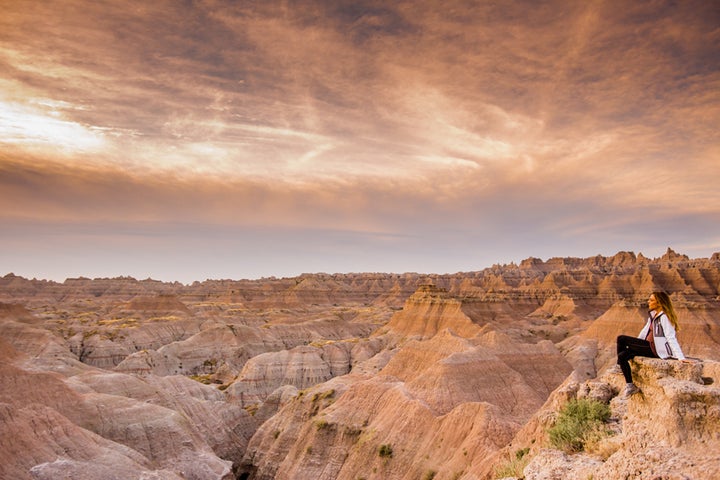
Stop talking about it and just DO it! First and foremost, think about what made you decide, out of all the places in the world, to choose this particular destination. Whatever it is—the beach, the mountains, the festivals, the food—something about this place obviously appeals to you. If it didn't, you wouldn't be going there. You may think you know all of the things you want to photograph about that place, but there are probably many other interesting aspects of your destination that you may not be aware of. That's where research comes in.
GOOGLE IT!
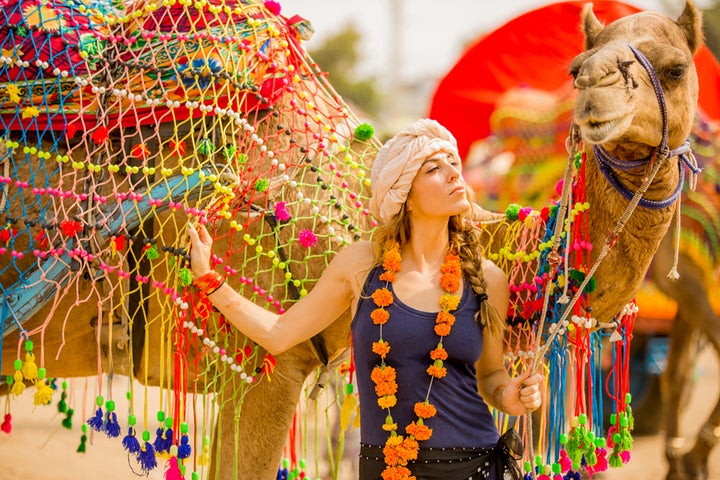
Travel Photographers spend a lot of time doing research. This helps us figure out what's there—what the place is about and what subjects we need to cover. Read brochures and travel books. Ask locals, Go to bookstores, or surf the web or hashtags on instagram from that location. Talk to friends who have been there. That is how you will find the “off the beaten track” places.
Understanding the customs and traditions of a place is vital. For one thing, you want to be sure you act in a way that is not rude or offensive while you are there, and it's hard to know what's acceptable and what isn't with some knowledge. It can also help you understand things people do that at first encounter you might consider incomprehensible or even horrifying.
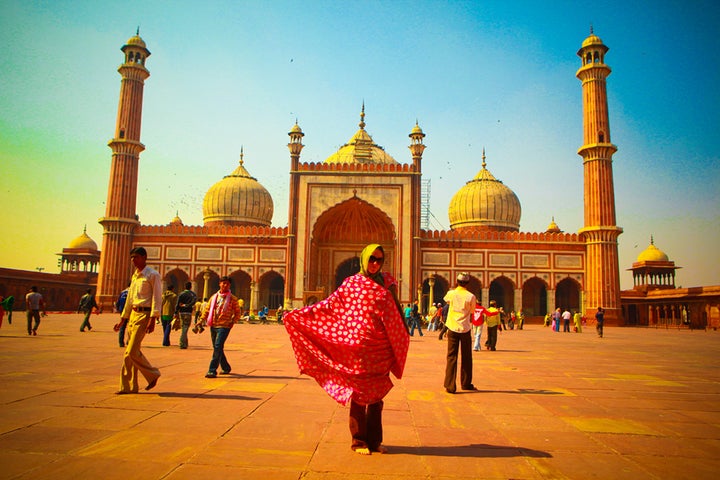
I cannot stress to you just HOW important it is to research the region where you are traveling to. It would be crazy for me to stand up here and tell you that I have NEVER made mistakes or learned some hard lessons while traveling. I could also sit here for days telling you amazing, funny and horrifying stories from my travels, but in general always be prepared to bring the right clothing for the weather and religious customs of where you are traveling to.

Get out there and get lost
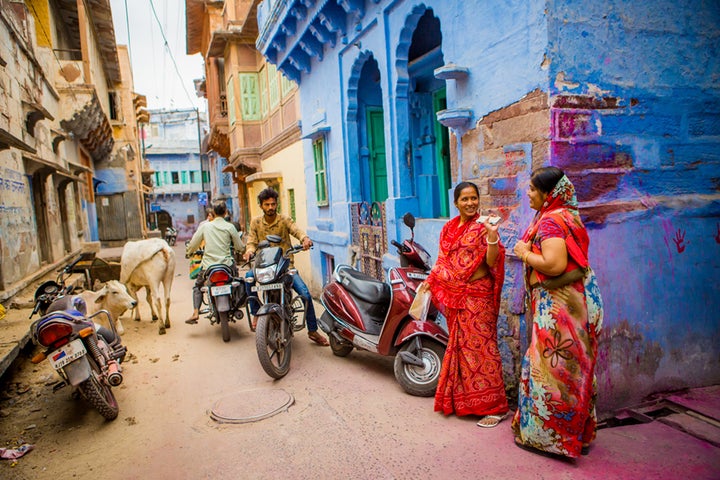
Get out there. The only way to discover the rhythm of life in a place, and so figure out what to shoot, is to experience it. Many places, particularly hot ones, are active very early in the morning and late in the afternoon and have a lull around midday. Try to plan your photo taking around sunrise and sunset for the best light. Get up early, stay out late. If you are on a tour that is scheduled to leave the hotel or ship at 9:00, get up well before dawn. Use any spare time to get out and look for photographs or set aside an entire day to just walk around with your camera exploring. Besides giving yourself more opportunities to take photos, time spent discovering the place will enrich your experience. Get lost. Wander down alleys. Sit in cafés and watch life pass by. Don't eat where the tourists do, but where you see locals. Just set off down a street and see where it leads. Get away from the crowd.
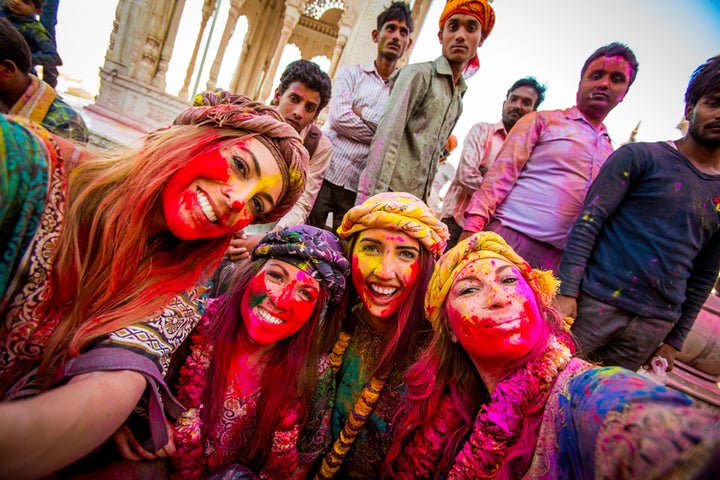
Carry a notebook (yep, an old school notebook)

When you arrive at your destination, be open and try to take notes of the first impressions—write them down if you have to. When you see a place for the first time from the plane window, or when you drive around a bend and there it is, how do you feel? Where do your eyes go first? What is the light like? What do you notice about the place right away? A smell? The way people move? Their dress? Whatever it is, remember it. First impressions are invaluable sparks to creative interpretation, and by definition are not repeatable. You've seen the place in pictures, you've read about it. Now you're there, and all your senses can partake. Train yourself to use all of your senses to take a new place in and try to find a different way to capture it.
Always be ready-
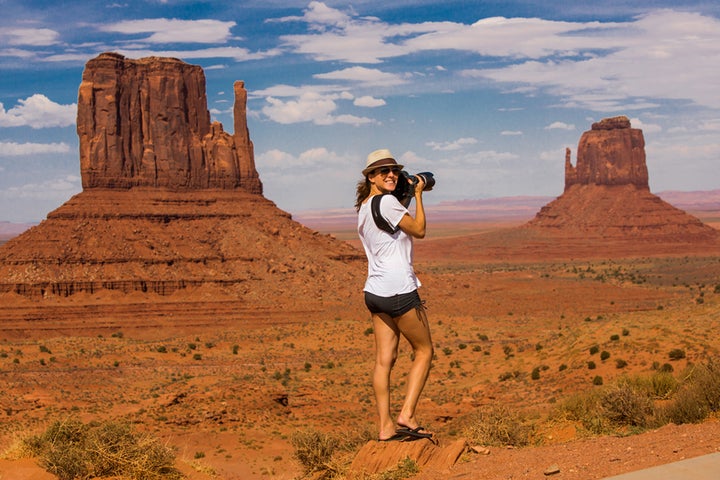
Always have your camera with you and always keep your eyes open. Serendipity plays an enormously important role in travel photography. You never know what you are going to run into, and you have to be ready. Many times you will see what could be a good photograph but decide that the light is not right, or there are no people around, or too many—something that means you will have to come back later. But sometimes you get lucky. You happen to stumble upon a scene at just the right moment. This is true whether you are doing street photography or visiting a natural or man-made site. Mountains, trees, monuments, and other static subjects are, of course, not going to go anywhere, but the ray of sunshine, the soaring eagle, or the embracing couple that add the needed element to your photograph are unlikely to hang around. Think of it as hunting—whenever you leave the confines of your camp, you should be ready and able to capture whatever pops up.
When traveling, you're likely to encounter all sorts of situations and subjects. This requires being a bit of a jack-of-all-trades—you need to be able to photograph portraits, landscapes, and everything in between. Above all, work the situations over. Never be satisfied with your first view of a place or the first frame you snap. It's always possible—and usually likely—that you can come up with something better. Why else would painters make sketches? Get closer, then get closer still. Try different angles, different lenses. Wait for the light, wait for the crowd, wait for a bird to land on the tree branch. Never be in a hurry to get somewhere else.
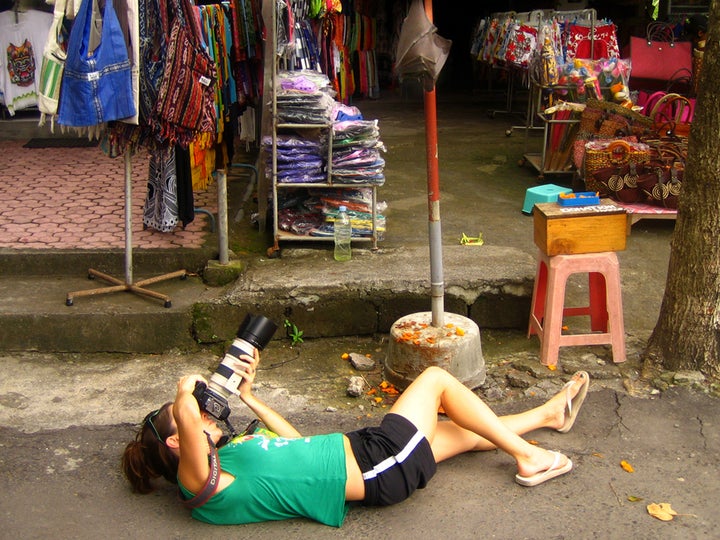
Shooting Landscapes (for a non-landscape photographer)
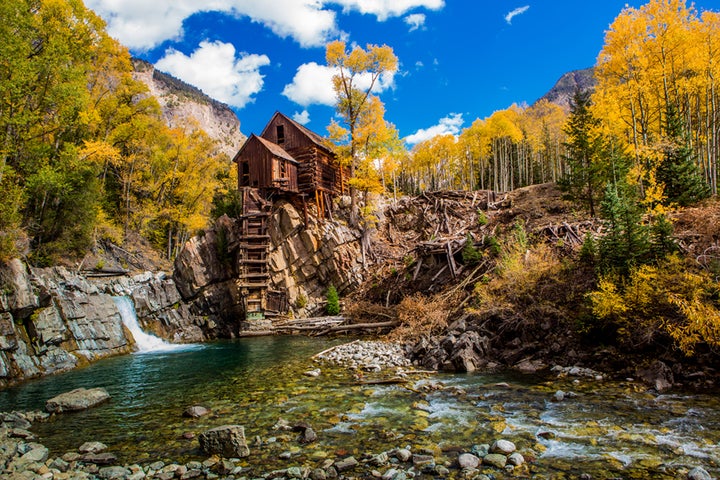
Landscapes come in all forms—mountains, forests, plains, deserts, swamps, lakes, rivers, seacoasts. Each has its own characteristics, and individual sites within each category have their own too. As a non-landscape photographer, I always feel like people add that missing emotional element to a photo. Make use of people to give your images life and scale. If the facade of a particular building appeals to you, the picture may be that much better if you show people walking in front of it. They will give it scale and also let viewers know what sorts of people live there, how they dress, and the like. An outdoor café may be more interesting crowded with people than empty.
Add a pop of color to your photos
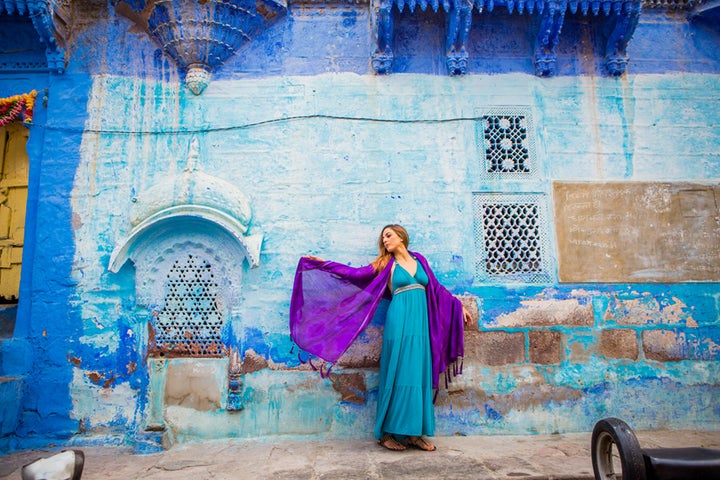
I always pack a colorful, flowy scarf, sarong, or skirt or buy local costumes while I am traveling and stuff them in my bag or wear them around. You never know when adding a pop of color can take your image from good to amazing. Why should you appear in all of your travel photos in cargo pants and a tank top? Instead of looking the part of a tourist, get dressed up in local garb, blend in, and be a better subject to photograph in your selfies! If you don’t want to be the subject in your photographs, then search for people wearing colorful garments and incorporate them into your photos. Don’t be afraid to be the “director” of your photos and ask people to help you out!
Cities and Towns

Like landscapes, each city and town has its own look and feel—a distinctive setting, architecture, or skyline; a famous local site; a particular kind of food or dress. There's always at least one thing that is unique. When covering a town or city, even a small village, you need to do three basic things at a minimum: capture a sense of place, which is usually a wide shot that shows the setting, skyline, or other view that gives a feeling for the whole; landmarks that the place is famous for; the life of its inhabitants. For the cityscapes and wide shots, as well as for the landmarks, it's a good idea to check out the postcard racks in your hotel lobby or at kiosks. They will quickly give you an idea of where the best views are and what is considered well-known enough to warrant a postcard.
Look for good natural light and color
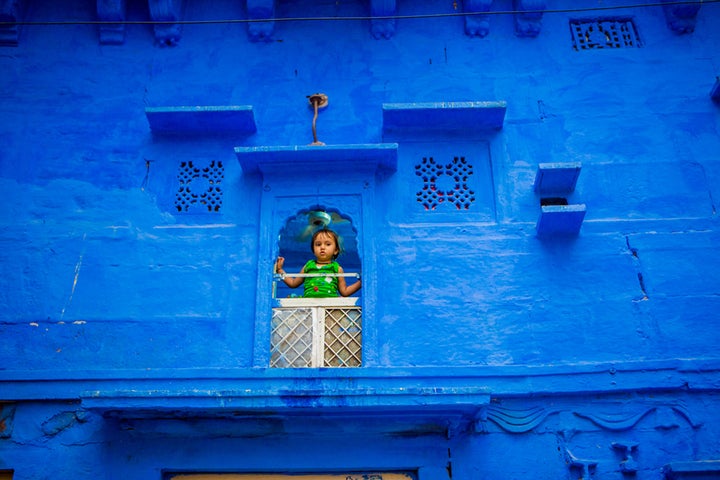
The most important factor to combat subject blur is light. The brighter the light, the better your shutter will be able to stop the motion:
Believe it or not, the best natural light is in the shade! You will get creamy skin tones and get rid of lines and wrinkles, eliminate bad raccoon shadows, and your subjects won’t be squinty. Also, do NOT backlight your photos and shoot into the sun. That is the best way to eliminate color, detail and contrast from your images
Photographing Strangers
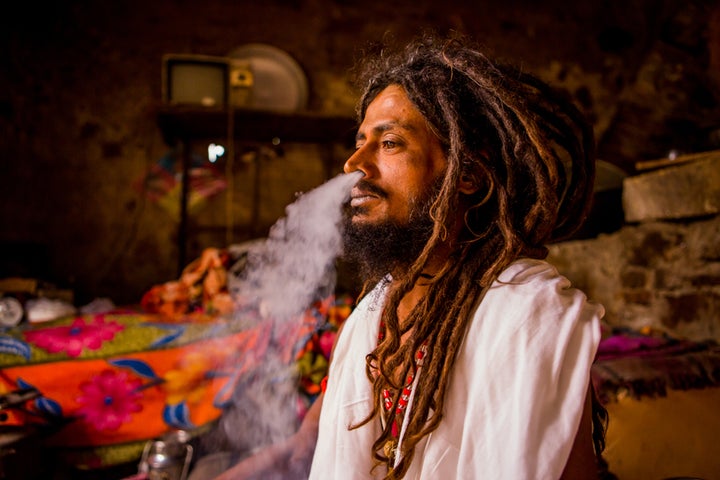
It's best to ask permission if you want to photograph someone, especially if you are working up close. Engage them before you pull out your camera. Learn at least how to say "hello" and "May I make a photograph" in the local language—just showing that you've made a little effort helps. Always carry money in small denominations in their currency to tip them after taking their photo. If approached in an open and friendly manner, most people will be agreeable—many are flattered that someone has shown an interest in them and what they do. In places where there's a lot of tourism, you may run into people who are tired of being photographed—many tourists are not courteous enough to ask permission, and local people can come to feel abused and exploited. The only way to overcome this is to spend time with the people or organize a way to live amongst the locals or spend the day with a local family. A lot of places offer special tours like this.
Create Environmental Portraits

One of the things that makes me really good at what I do is that I always am willing to go the extra mile to grab the shot and I do a bit of prep beforehand when I am on destination. When you are in a foreign location, use the research you did on that region and try to think of locations or props that you can add to a photo that will tell the viewer WHERE YOU ARE. Also, show the full picture of the trip…open up my lens to the culture… don’t just shoot the wide scene itself, go around and shoot the locals and details. It will give a deeper perspective to the photos.
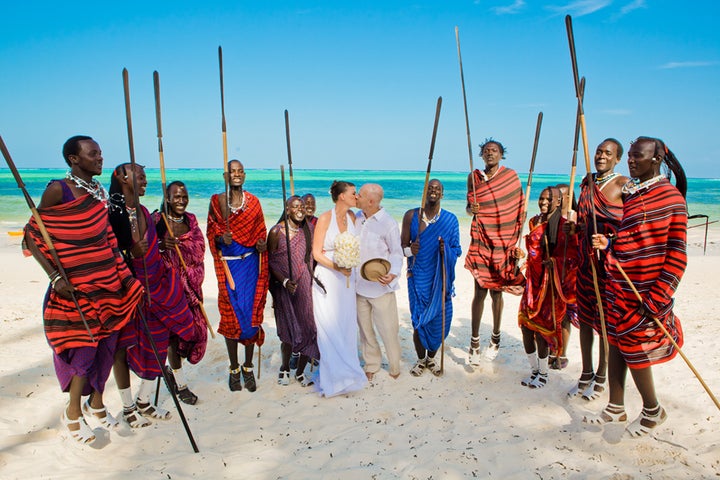
An Example: While in Tanzania shooting a wedding, my girlfriend Sarah and I became friends with the local Maasai warriors and fisherman on the beach that we saw every morning. We paid them $5 to have them bring in their ancient boats as props for the bride and groom formals. We also had all of the Maasai Warriors come and be in the wedding as well. Don’t just shoot beautiful beach photos, add in some traditional clothing or a hat or choose an environment that tells you where you are ….Try to capture the culture and essence on every trip you are on
All photographers edit their photos, so should YOU
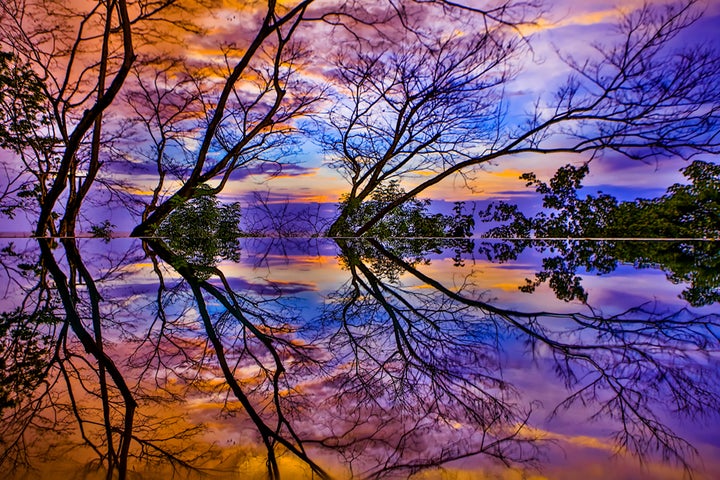
Just like the rest of us photographers, taking the photo is only half the battle. What takes a long time is the editing process, but that is how we put our “special sauce” on our images and make them look “professional” . Why shouldn’t this apply to all of you professional smart phoneographers out there? There are so many editing apps available now to use that far surpass the few filters available in instagram. My personal favorite is Snapseed (recently purchased by Google), Snapseed offers nearly unlimited editing options, from brightness/saturation adjustment to tilt-shift, sharpening, and spot adjustments and is very detail-oriented. You can now take the photo on your camera phone, upload it into snapseed edit it like a mobile photoshop, then upload that image into Instagram to use for your social media. There is no reason that your smartphone photos can’t look professional too!
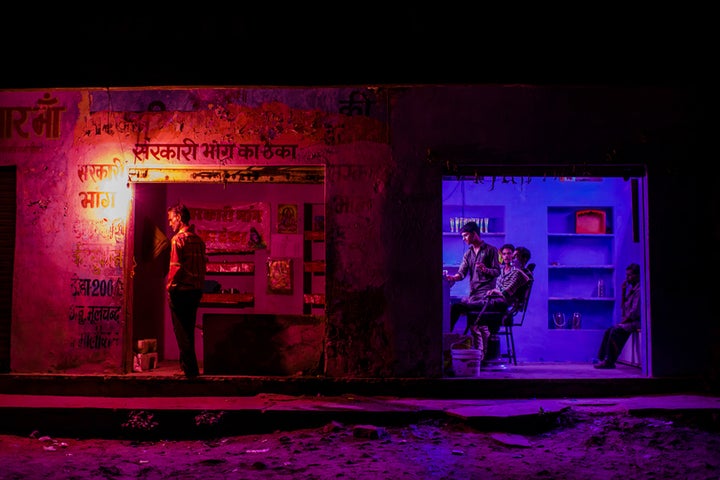
To follow along and see more images from my global adventures, follow me on Instagram @LauraGrierTravel